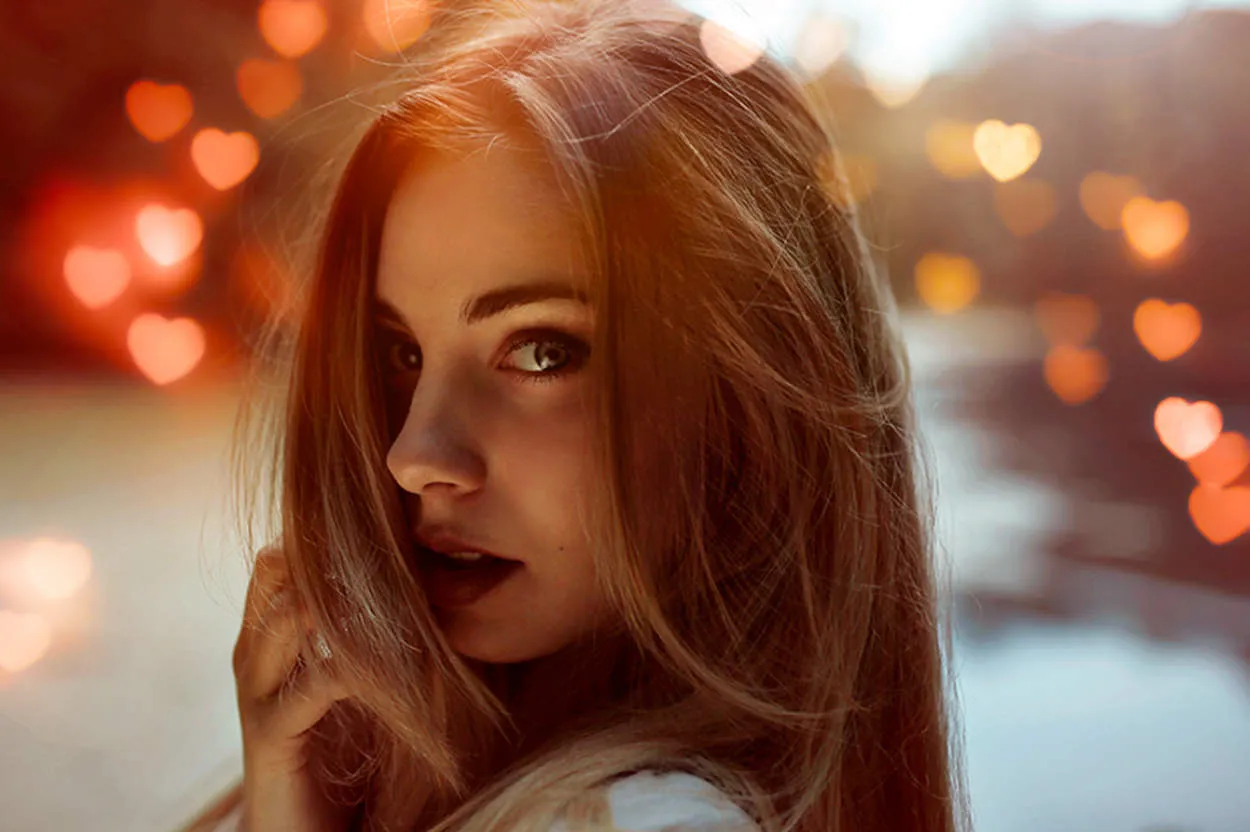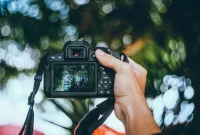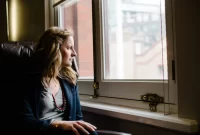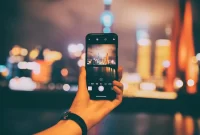Are you a photography enthusiast looking to add a touch of creativity to your shots? In this article, we’ll explore some amazing DIY photography hacks that will help you achieve unique and stunning photo effects. From homemade filters to creative lighting techniques, get ready to take your photography skills to new heights!
Utilizing Everyday Objects as Props
In the world of photography, creativity knows no bounds. If you’re looking to add a touch of uniqueness to your photos, utilizing everyday objects as props can be a game-changer. Not only can these objects add a surprising element to your composition, but they can also help you achieve stunning and memorable photo effects without breaking the bank.
1. Mirrors
Want to create surreal and reflective images? Grab a mirror, preferably a handheld one, and experiment with different angles and compositions. By placing it strategically, you can introduce interesting reflections or even play with the concept of duality in your photos.
2. Prisms
Magic can happen when you incorporate prisms into your photography. These simple yet fascinating objects can bend light and create stunning rainbow effects. Hold them up close to your lens or experiment by placing them between your subject and the camera for captivating and ethereal results.
3. Travel Maps
Travel maps aren’t just for navigating the world; they can also serve as a fantastic prop. Unroll an old map or use a pocket-sized one to add a sense of adventure and exploration to your photographs. You can frame your subject with the map or even use it as a backdrop to evoke a sense of wanderlust.
4. Colored Filters
Give your photos a pop of color by using everyday objects as makeshift filters. Transparent materials like cellophane or colored plastic sheets can be held in front of your lens to create vibrant and atmospheric effects. Experiment with different colors and see how they transform the mood and tone of your images.
5. Stationery Supplies
Don’t overlook the potential of common stationery items in your photography escapades. Paperclips can act as makeshift lens flare creators, binder clips can serve as unconventional camera stands, and even sticky notes can add unique pops of color and texture when strategically placed in your composition.
By thinking outside the box and utilizing everyday objects as props, you can elevate your photography skills and capture images that stand out from the crowd. The possibilities are endless, so grab that mirror, prism, or map, and let your creativity shine.
Creating Bokeh Effects with Household Items
Bokeh effects are a popular photography technique that adds a beautiful blur to the background of your photos. While many photographers use specialized lenses to achieve this effect, there are also DIY methods you can try using common household items. Here are some creative ideas:
1. Wax Paper
Attach a piece of wax paper in front of your lens using a rubber band or tape. By adding some distance between the paper and the lens, you can create a soft and dreamy bokeh effect.
2. Christmas Lights
String up some twinkling Christmas lights in the background of your shot. The small, out-of-focus bulbs will create beautiful bokeh circles.
3. Colored Filters
Get creative by cutting out different shapes or patterns from colored filters, like red or blue cellophane. Attach them to your lens to transform the bokeh into unique shapes.
4. Aluminum Foil
Crumple a piece of aluminum foil and shape it into a small tube. Place it in front of your lens to create bokeh with a starburst effect.
5. Bubble Wrap
Wrap a sheet of bubble wrap around your lens, ensuring it doesn’t interfere with the focusing mechanism. The bubbles will create interesting bokeh patterns.
By experimenting with these simple household items, you can add a touch of creativity and uniqueness to your photography. So go ahead, gather your materials, and start capturing stunning bokeh effects!
Building Your Own Light Reflectors
If you’re looking to explore unique photo effects and enhance the lighting in your photography, building your own light reflectors can be a cost-effective and creative solution. Light reflectors are essential tools for manipulating and redirecting light to better illuminate your subjects.
Here are a few DIY ideas to get you started:
-
Foam Board Reflector
One of the simplest and most versatile options is a foam board reflector. You can easily create one by covering a foam board with aluminum foil or white material. The reflective surface helps bounce natural or artificial light onto your subject, reducing shadows and creating a more balanced effect.
-
DIY Silver Reflector
If you prefer a more professional look, you can construct a silver reflector using a large piece of poster board or cardboard, and then spray-painting it with silver paint. The silver surface provides a stronger and brighter reflection, allowing you to achieve a more dramatic lighting effect in your photos.
-
Tin Foil Reflector
In a pinch, you can also use a simple piece of tin foil as a reflector. While it may not provide as much control and durability as other options, it can still serve as a makeshift solution for capturing well-lit images.
-
Fabric Reflector
If you want a softer and diffused lighting effect, consider creating a fabric reflector. Use a large piece of white or translucent fabric, such as a bedsheet or thin curtain, and attach it to a frame or simply hold it up near your subject. This will help scatter and soften the light, resulting in a more gentle and flattering illumination.
Building your own light reflectors gives you the freedom to experiment with different shapes, sizes, and materials, allowing you to customize the lighting effects according to your specific creative vision. Remember, the key is to experiment and have fun while discovering unique ways to enhance your photography.
Using DIY Filters for Interesting Effects
Filters are a great way to add unique and creative effects to your photography. While there are many commercially available filters out there, using do-it-yourself (DIY) filters can be a fun and affordable alternative. Not only do DIY filters allow you to experiment with different materials and techniques, but they also give your photos a distinct and personal touch.
One popular DIY filter you can try is the Vaseline filter. Simply apply a small amount of Vaseline on a transparent surface, such as a piece of glass or plastic, and hold it in front of your lens. This will create a soft and dreamy effect, perfect for portraits or still life photography.
Another DIY filter idea is using colored cellophane. Cut small pieces of cellophane in various colors and attach them to the front of your lens using a rubber band or tape. Each color will cast a different hue on your photos, allowing you to play with different moods and atmospheres.
If you’re feeling more adventurous, try experimenting with household items like aluminum foil or lace fabric. By cutting out shapes or patterns and placing them close to your lens, you can create interesting and unconventional effects. The texture and light diffraction from these materials can add a touch of visual interest to your images.
Remember to have fun and let your creativity flow when using DIY filters. Don’t be afraid to explore different materials and techniques to achieve the desired effect. The beauty of DIY filters lies in their unpredictability, so embrace the imperfections and embrace the uniqueness they bring to your photographs.
Conclusion
DIY photography hacks offer an innovative way to create unique photo effects without breaking the bank. From creating homemade filters to experimenting with different lighting techniques, these hacks allow photographers to unleash their creativity and produce stunning images. By implementing these techniques, photographers can elevate their photography game and capture photos that stand out from the crowd.




